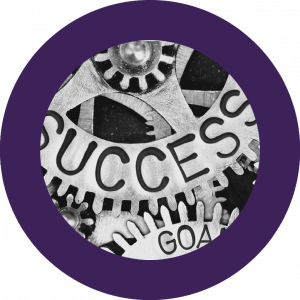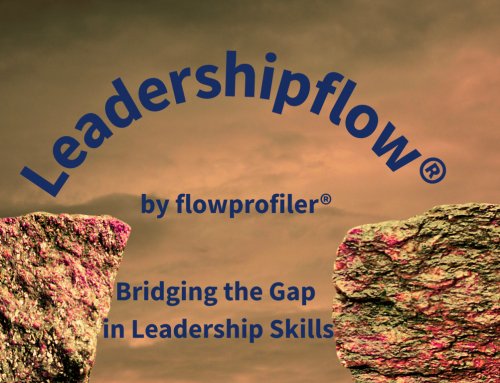“Succession planning gives organisations the opportunity to establish those human connections over time.”
 We are seeing the impact of the great resignation (also known as the ‘big quit’ amongst others and originally coined by US academic Anthony Klotz) in organisations across the world. In the UK, a BDO survey from 2021 revealed the deepening UK staffing crisis with more than 25% of firms reporting that a lack of staff is affecting their ability to operate. It is plain to see that human connection, professional progression and personal fulfilment are the real drivers of successful workplaces. Succession planning gives organisations the opportunity to establish those human connections over time. This will build, retain and promote valuable homegrown talent. Success will come down to which organisations were able to hold on to and develop their current team. Maintaining the balance between external and internal recruitment is what will see organisations navigate through these resignation challenges. External hiring provides opportunities for freshness, while internal succession planning reassures the stability within the organisation.
We are seeing the impact of the great resignation (also known as the ‘big quit’ amongst others and originally coined by US academic Anthony Klotz) in organisations across the world. In the UK, a BDO survey from 2021 revealed the deepening UK staffing crisis with more than 25% of firms reporting that a lack of staff is affecting their ability to operate. It is plain to see that human connection, professional progression and personal fulfilment are the real drivers of successful workplaces. Succession planning gives organisations the opportunity to establish those human connections over time. This will build, retain and promote valuable homegrown talent. Success will come down to which organisations were able to hold on to and develop their current team. Maintaining the balance between external and internal recruitment is what will see organisations navigate through these resignation challenges. External hiring provides opportunities for freshness, while internal succession planning reassures the stability within the organisation.
Planning for the success of your team
Succession planning requires time, and a long-term approach. It is the responsibility of the senior leaders within an organisation to understand and identify the values and objectives of the organisation. The working environment needs to be a place where your team feels confident and engaged. A recent survey found that “26% of those who manage or supervise people at work never had management training”. Create an environment that allows your line managers and senior leaders to perform well and to learn. Succession planning will allow your organisation to identify where skills need to be developed and also where potential gaps in roles may lie.
Understanding the values and objectives of your organisation means that you are able to recognise the role requirements and the skills and behaviours needed for these roles. To avoid bias influencing hiring and promoting within your organisation, all stakeholders: direct reports, line managers, senior leaders and internal customers should work as a team in the benchmarking process. This process ensures that your organisation does not hire ‘identikit leaders’, but rather supports innovation and development through hiring and promoting diversity and inclusivity.
Know who your top performers are
Strengthen your benchmark by getting to know the skills and behaviours of your top performers. flowprofiler® provides assessments that identify the behavioural traits and human skills of emotional and social intelligence, motivation and resilience so that you can have a detailed understanding of what your people require to be successful. It will also help you to identify any opportunities for skill development, forming an important part of your benchmark.
flowprofiler® can also provide you with a chance to see how your top performers function in a team setting. The team reports can be used on teams of a more senior position but are also just as valuable on junior level teams. Include the importance of diversity of skill within a team setting in your benchmark process.
Once you have implemented your benchmarking process, you are able to focus on your budding top performers. Be prepared for changes that may need to be made to your benchmark process. Role requirements may change if certain skills and behaviours have not been considered important before this point. Perhaps the role now requires a leader with greater adaptability, or assertiveness. Or has the requirements of a team changed to needing to cope with a constantly evolving working environment.
Hybrid working and the constant redefining of the working environment will impact your organisation’s succession planning. Being able to move between working remotely and face to face is now a priority for most organisations. Considering this, prerequisites for hiring internal talent may be different to what you’re used to. New talent may require more support and development in order to be effective in the role.
Custom development programmes for succession planning
The completed and fed back assessments from internal candidates will provide you with the insight into understanding what the roles require in order to be successful and will bring to light any potential areas for improvement and development that your candidates may have.
The use of flowprofiler® with succession planning
Use flowprofiler® assessments, coaching and training in your organisation’s succession planning strategy to develop and maintain emotional and social intelligence, resilience and motivation. By doing this, you’re giving the right people the opportunity to be promoted internally, creating an inclusive environment and addressing workplace burnout.
flowprofiler® supports success. People perform better at work when they are resilient, motivated and emotionally aware. Learn how your organisation can use these power skills on demand through assessments, training, facilitating and coaching. Everyone can find their personal and professional flow. Help your people to activate their personal excellence today!




